-

2,5-dichloritrobenzene
Chemical name:6-nitro-1,4-dichlorobenzene;2-nitro-1,4-dichlorobenzene
English name:2,5-Dichloronitrobenzene;
CAS number:89-61-2
Molecular formula: C6H3Cl2NO2
Molecular weight: 191.9995
EINECS Number: 201-923-3
Constitutional Formula:
Related categories:organic intermediates; pharmaceutical intermediates; organic chemical raw materials.
-

2-chloro-1 – (1-chlorocyclopropyl) ethyl ketone
Chemical name: 2-chloro-1 -(1-chlorocyclopropyl) ethyl ketone; Chloroacetyl chlorocyclopropane;
CAS number: 120983-72-4
Molecular formula: C5H6Cl2O
Molecular weight: 153.01
EINECS number: 446-620-9
Structural formula:
Related categories: Intermediates – pesticide intermediates; Chemical raw materials; Chemical intermediates; Organic raw drug;
-

3-methyl-2-nitrobenzoic acid
Chemical name: 3-methyl-2-nitrobenzoic acid; 2-nitro-3-methylbenzoic acid
English name: 3-Methyl-2-nitrobenzoic acid;
CAS number: 5437-38-7
Molecular formula: C8H7NO4
Molecular weight: 181.15
EINECS number: 226-610-9Structural formula:
Related categories: Machine chemical raw materials; Organic acid; Aromatic hydrocarbons; Organic chemical industry; Pharmaceutical intermediates; Pharmaceutical raw materials; Intermediates – organic synthesis intermediates; Biochemical engineering; Intermediate; Chemical raw materials; product;FINEChemical&INTERMEDIATES;AromaticCarboxylicAcids,Amides,Anilides,Anhydrides&Salts;BenChemicalbookzoicacid;Organicacids;BuildingBlocks;C8;CarbonylCompounds;CarboxylicAcids;ChemicalSynthesis;OrganicBuildingBlocks;Organic intermediates; Organic chemistry; Material intermediates and auxiliaries; Chemical intermediates; Intermediates of organic synthesis.
-

3-nitrotoluene; m-nitrotoluene
Brief introduction: 3-nitrotoluene is obtained from toluene nitrated with mixed acid below 50℃, then fractionated and refined. With the different reaction conditions and catalysts, different products can be obtained, such as o-nitrotoluene, p-nitrotoluene, m-nitrotoluene, 2, 4-dinitrotoluene and 2, 4, 6-trinitrotoluene. Nitrotoluene and dinitrotoluene are important intermediates in medicine, dyes and pesticides. In the general reaction conditions, there are more ortho products than para-sites in the three intermediates of nitrotoluene, and para-sites are more than para-sites. At present, the domestic market has a great demand for adjacent and para-nitrotoluene, so the localization nitration of toluene is studied both at home and abroad, hoping to increase the yield of adjacent and para-toluene as much as possible. However, there is no ideal result at present, and the formation of a certain amount of m-nitrotoluene is inevitable. Because the development and utilization of p-nitrotoluene has not kept up in time, the by-product of nitrotoluene nitration can only be sold at a low price or a large amount of inventory is overstocked, resulting in a great consumption of chemical resources.
CAS number: 99-08-1
Molecular formula: C7H7NO2
Molecular weight: 137.14
EINECS number: 202-728-6
Structural formula:
Related categories: Organic chemical raw materials; Nitro compounds.
-

-

DCPTA
Chemical name:2-(3,4-dichlorophenoxy)-triethylamine
CAS number: 65202-07-5
Molecular formula: C12H17Cl2NO
Molecular weight: 262.18
Constitutional formula:
Related categories: Other chemical products; Pesticide intermediates; Pesticides;Feed additives;Organic raw materials; Agricultural raw materials; Agricultural animal raw materials; Agricultural chemical raw materials; Ingredients; Pesticide raw materials;Agrochemicals
-

-
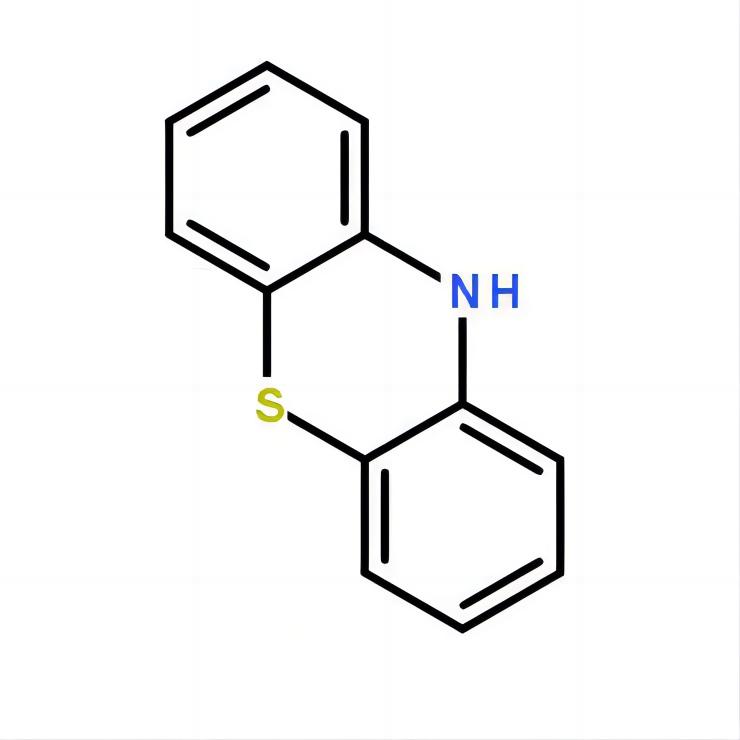
Acrylic acid, ester series polymerization inhibitor Phenothiazine
Chemical name: phenothiazine
Chemical alias: Diphenylamine sulfide, thioxanthene
Molecular formula: C12H9NO
Structure formula: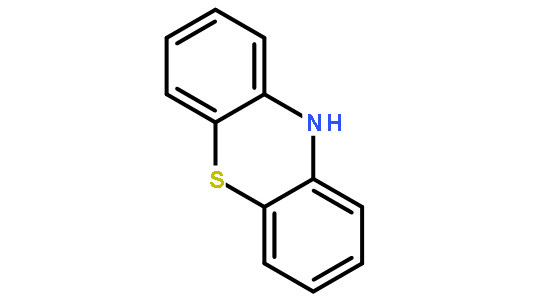 Molecular weight: 199.28
Molecular weight: 199.28
CAS NO.: 92-84-2
Melting point: 182-187 ℃
Density: 1.362
Boiling point: 371 ℃
Water melting property: 2 mg/L (25℃)
Properties: Light yellow or light yellow-green crystalline powder, melting point 183~186℃, boiling point 371℃, sublimable, slightly soluble in water, ethanol, soluble in ether, very soluble in acetone and benzene. It has a faint peculiar smell. It is easy to oxidize and darken when stored in the air for a long time, which is slightly irritating to the skin. -

Propithiazole
Chemical name: 2 – [2 – (1 – propyl chloride ring) – 3 – (2 – chlorobenzene) – 2 – hydroxypropyl) – 1, 2, 4-trichlorobenzene – dihydro – 3 h – 1-3-3 – ketone of sulfur
English name:Prothioconazole;
CAS number: 178928-70-6
Molecular formula: C14H15Cl2N3OS
Molecular weight: 344.26
EINECS number: 605-841-2
Structural formula:
Related categories: pesticide raw materials; Fungicides; Organic chemical raw materials.
-
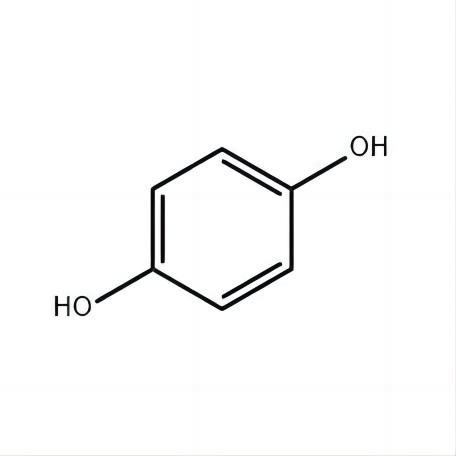
Acrylic acid, ester series polymerization inhibitor Hydroquinone
Chemical name: hydroquinone
Synonyms: Hydrogen, HYDROXYQUINOL; HYDROCHINONE; HYDROQUINONE; AKOSBBS-00004220; hydroquinone–1,4-benzenediol; Idrochinone; Melanex
Molecular formula: C6H6O2
Structure formula: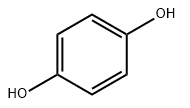
Molecular weight: 110.1
CAS NO.: 123-31-9
EINECS No.: 204-617-8
Melting point : 172 to 175 ℃
Boiling point: 286 ℃
Density: 1.328g /cm³
Flash point: 141.6 ℃
Application area: hydroquinone is widely used in medicine, pesticides, dyes and rubber as important raw materials, intermediates and additives, mainly used in developer, anthraquinone dyes, azo dyes, rubber antioxidant and monomer inhibitor, food stabilizer and coating antioxidant, petroleum anticoagulant, synthetic ammonia catalyst and other aspects.
Character: White crystal, discoloration when exposed to light. Has a special smell.
Solubility: It is easily soluble in hot water, soluble in cold water, ethanol and ether, and slightly soluble in benzene. -
![Pyrrolo[2,3-d]pyrimidin-4-ol 98%min](https://www.csnvchem.com/uploads/Pyrrolo23-dpyrimidin-4-ol1.jpg)
Pyrrolo[2,3-d]pyrimidin-4-ol 98%min
Product Name: Pyrrolo[2,3-d]pyrimidin-4-ol
Synonyms: 7-DEAZAHYPOXANTHINE, 7-DEAZA-6-HYDROXY PURINE; Pyrrolo[2,3-d]pyrimidin-4-ol, 1,7-Dihydro-pyrrolo[2,3-d...,7H-Pyrrolo[2,3-d]pyrimidin-4-ol
7H-PYRROLO[2,3-D]PYRIMIDIN-4-OL,4H-Pyrrolo[2,3-d]pyriMidin-4-one,4-HYDROXYPYRROLO[2,3-D]PYRIMIDINE, 4-hydroxypyrrolo[2,3-d]pyrimidine,3H-PYRROLO[2,3-D]PYRIMIDIN-4(7H)-ONE, 3H-pyrrolo[2,3-d]pyrimidin-4(7H)-one,1,7-DIHYDRO-4H-PYRROLO[3,2-D]PYRIMIDIN-4-ONE, 1,7-dihydro-4H-pyrrolo[2,3-d]pyrimidin-4-one
CAS RN: 3680-71-5
Molecular Formula: C6H5N3O
Molecular Weight: 135.12 >
Structural Formula: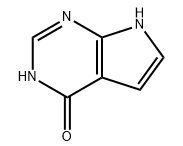
EINECS NO.: 640-613-6
-
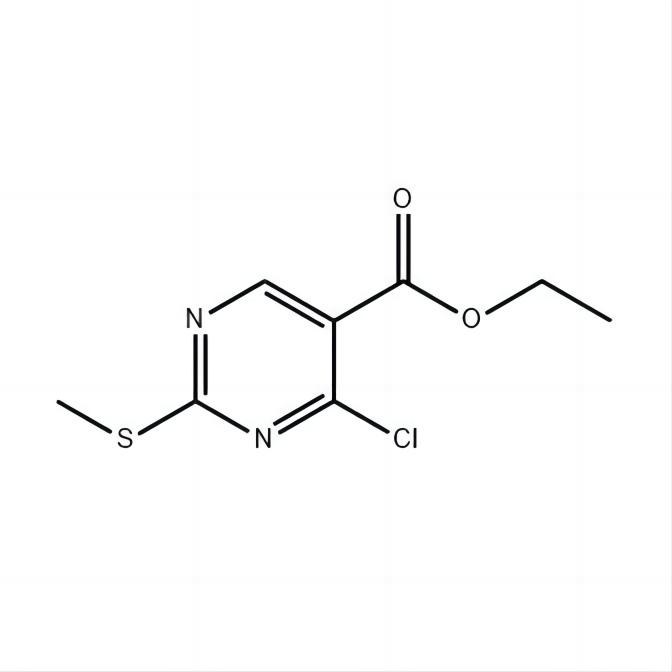
Ethyl 4-chloro-2-methylthio-5-pyrimidinecarboxylate 98%min
Product Name: Ethyl 4-chloro-2-methylthio-5-pyrimidinecarboxylate
Synonyms: BUTTPARK 453-53;
ETHYL4-CHLORO-2-METHYLTHIO-5-PYRIMIDINECARBOXYLATE;
ETHYL 4-CHLORO-2-METHYLTHIOPYRIMIDINE-5-CARBOXYLATE;
ETHYL 4-CHLORO-2-(METHYLSULFANYL)-5-PYRIMIDINECARBOXYLATE;
2-METHYLTHIO-4-CHLORO-5-ETHOXYCARBONYLPYRIMIDINE; 4-Chloro-2-methylsulfanyl-pyrimidine-5-carboxylic acid ethyl ester; ethyl 4-chloro-2-methylthio-5-pyrimidine-carboxyl;SIEHE AV22429
CAS RN:5909-24-0
Molecular Formula: C8H9ClN2O2S
Molecular Weight: 232.69
Structural Formula: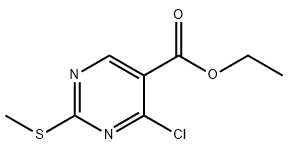
EINECS NO.: 227-619-0









